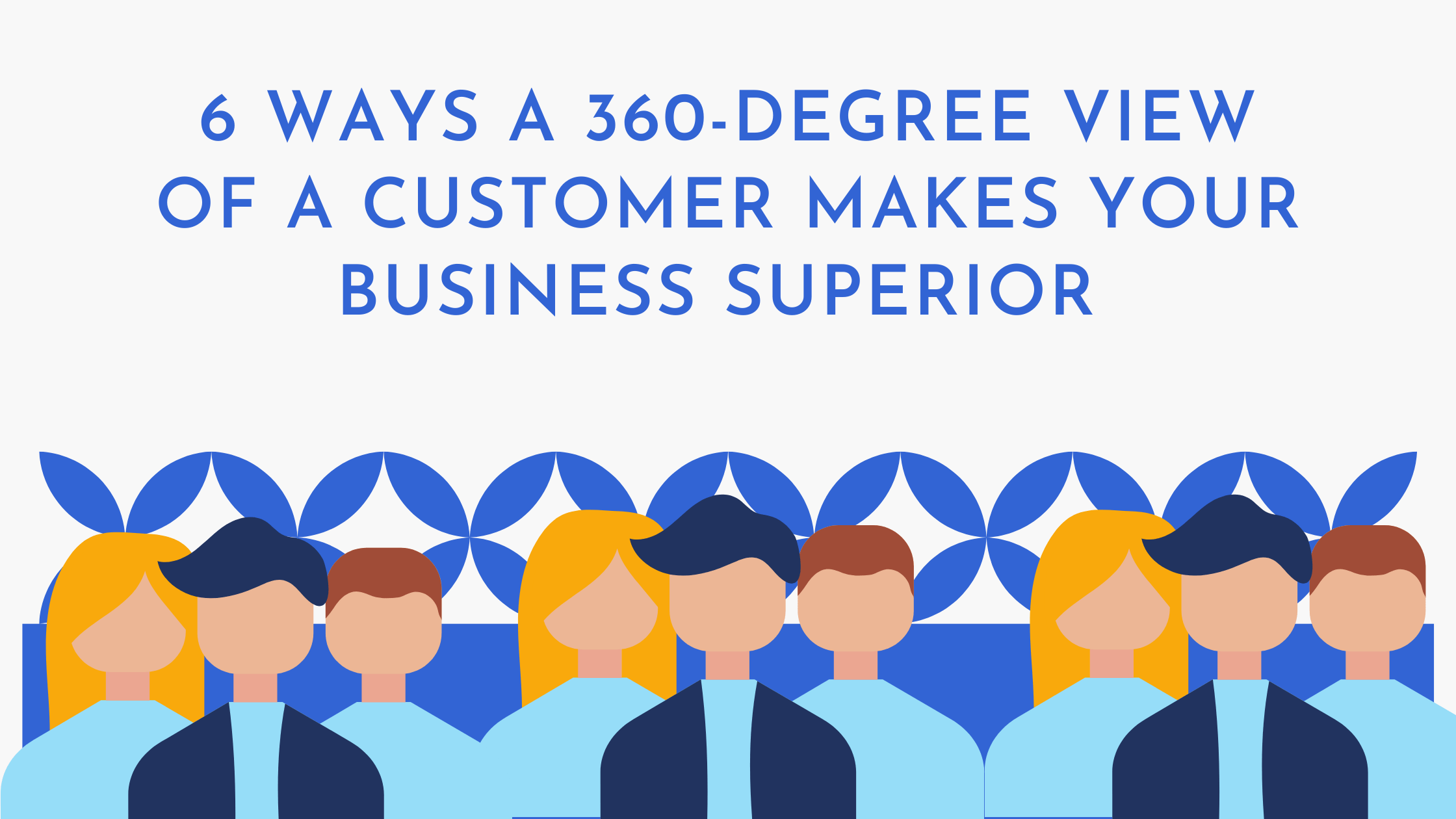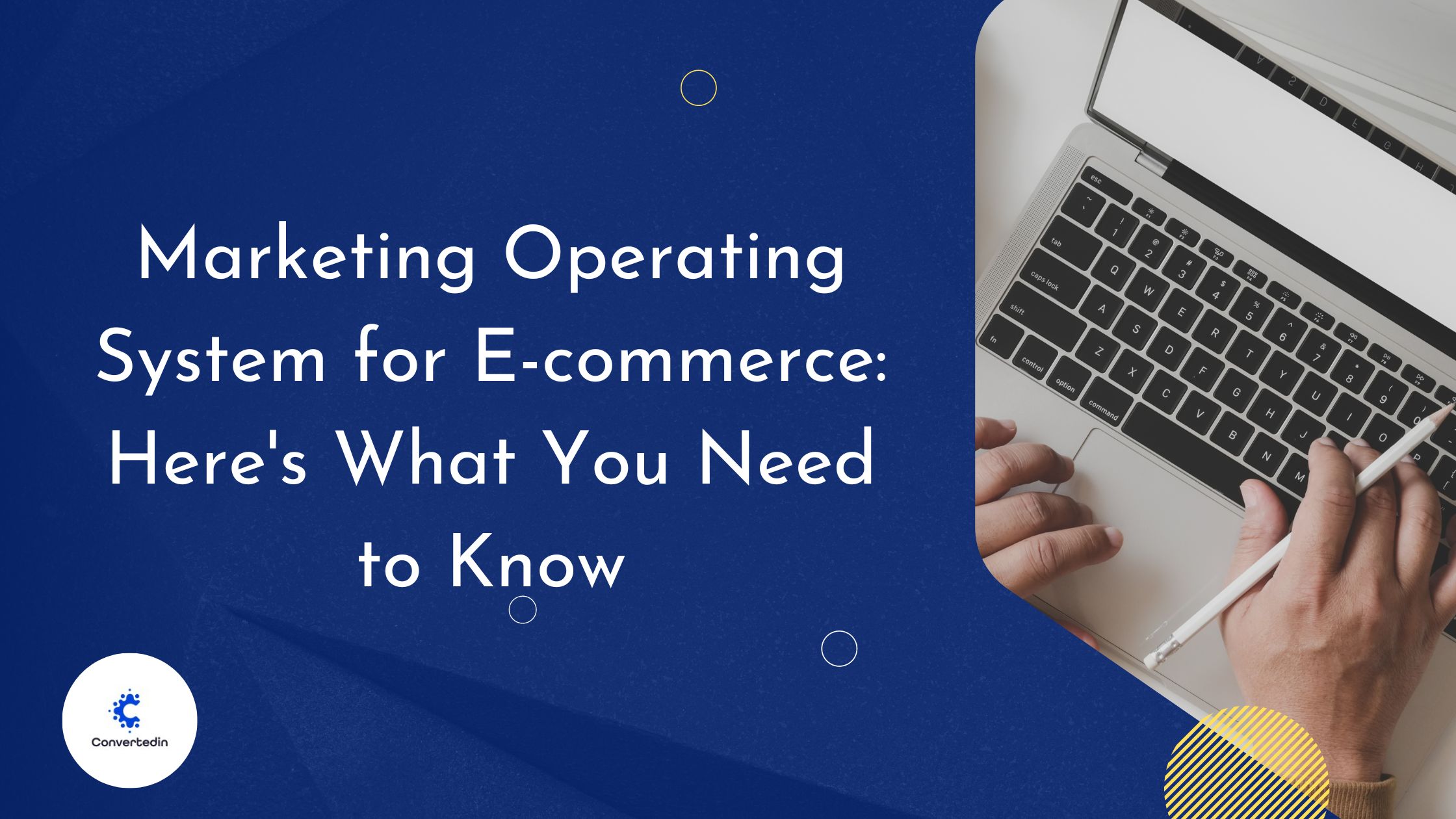Your Ultimate Guide For Re-commerce In 2023
The COVID-19 epidemic has contributed to the explosive growth of the E-commerce sector over the past few years. The subtrend of "recommerce," on the other hand, has grown significantly in 2022 and is probably going to continue to do so in 2023.
For decades, swap meetings, garage sales, and flea markets have served as venues for recovering value from unwanted or outdated things. By recycling products, we increase their lifespan and restore them to the economy.
Weekend markets used to be unstructured, but now sophisticated digital communities have taken their place. Selling an old table or organizing your attic has never been simpler, thanks to websites like eBay and Craigslist. Since then, the market for used goods has only expanded. This is how re-commerce started booming!
This article will help you know what recommerce is or what it can signify for the future of your company. As well as the latest statistics, re-commerce how-to, challenges, types, and more.
Table of Content:
- What is Re–commerce?
- How Does Re-commerce Work?
- The Most Interesting Re-commerce Statistics in 2023
- The Most Popular Re-commerce Types
- 5 Re-commerce Benefits You Need To Know About
- Re-commerce Challenges You Might Face
What is Re–commerce?
Image Source: firstinsight.com
Recommerce, commonly referred to as "resale commerce," is the activity of purchasing and reselling previously owned goods online, usually at a discount.
Re-commerce describes the practice of selling previously owned goods to customers who will reuse, recycle, or resell them.
Naturally, reselling previously sold goods is nothing new. But now that re-commerce has entered the digital sphere, it is more effective than ever thanks to the resources and reaches made available by online buying and e-commerce infrastructure.
Re-commerce helps with the environment by lowering the footprints of fashion. Moreover, it helps lower the costs for businesses as well as for clients.
How Does Re-commerce Work?
There are multiple ways in which re-commerce works. Recommerce refers to the large-scale recycling of used goods that are still functional while offering a reasonably priced alternative to purchasing something new. At the micro level, it becomes more challenging and particular to eCommerce. Products may be high-end purses, pogs (remember those? ), or construction equipment costing a million dollars.
Items may be well-used, hardly used, or even upcycled, which is the process of transforming used materials into new ones. One example of this is turning glass bottles into planters.
Here are a few examples of how re-commerce companies operate:
- P2P or peer-to-peer markets. Peer-to-peer e-commerce platforms link buyers and sellers of previously owned or used goods so that they can do direct business. Examples include Facebook Marketplace.
- Managed re-commerce solutions are more detailed and all-encompassing since sellers or brands must go through stringent verification procedures. The RealReal and Rent The Runway are two examples.
- Re-commerce initiatives that are managed internally by businesses who sell other e-commerce goods. For instance, Levi's have internal re-commerce initiatives. They are advantageous because they enable brands to keep selling previously owned or used goods within their respective markets, which generates additional revenue.
The Most Interesting Re-commerce Statistics in 2023
With Re-commerce going viral, here are the most interesting statistics that you might need to know about in this booming industry:
- A staggering 93% of buyers are interested in re-commerce products since they may be purchased for less money.
- According to an eBay survey, 78% of millennials and 80% of Gen Z respondents both bought used goods in the preceding year. Gen X (75%), Baby Boomers (70%), and Post-War (62%) were all outdone by both groups.
- Thred Up's 2020 Fashion Resale Market Study predicts that C2C and B2B resale activity would grow by more than 55% by 2024 compared to recent years.
- Re-commerce merchants are growing five times faster than off-price stores and 20 times faster than the overall retail sector, according to Coresight Research.
- Re-commerce is expected to develop 10 times quicker, reaching $70 billion by 2030 (or 23% of the market), from its current size of $73 billion in the apparel industry alone (3.5% of the global fashion market).
- Nowadays, 49% of the global market for re-commerce is made up of clothing, footwear, and accessories.
- According to GlobalData, the global market for used clothing will increase to 52 billion pounds in 2023.
The Most Popular Re-commerce Types
Business-to-business and business-to-consumer models are two frequently utilized business structures that are familiar to the majority of consumers. New models, such as consumer-to-business and consumer-to-consumer, are now possible thanks to re-commerce. Both consumers and companies are figuring out how to benefit from the re-commerce boom. Below are three different types of re-commerce:
1- Formal and Informal Re-commerce Markets
The first type of re-commerce is informal and official markets, which were frequently used by consumers to sell products directly in the secondary market. Flea markets, garage sales, and consignment stores fueled this kind of person-to-person sales activity before the advent of the internet. Yet, online markets like Craigslist, eBay, Facebook Marketplace, and Amazon give people a venue to resell used goods to those who are searching for deals on items that still have a long shelf life.
2- Trade-in and Buyback
Original equipment manufacturers provide their own means of reselling products in the secondary market because many devices can outlast customer upgrade cycles. Major corporations, like Apple and Canon, provide trade-in programs that allow customers to return their used goods in exchange for credit toward brand-new goods.
Used goods, including everything from electronics to car seats, can be traded in for credit or discounts through programs offered by retailers like Amazon, Best Buy, and Target. Companies that sell clothing and outdoor equipment, like REI, Patagonia, and North Face, provide customers the option to donate or sell back gently used items. This gives the products a second chance at life and makes recycling more environmentally friendly.
3- Re-commerce Service
Direct, P2P marketplaces are not the only way to sell used goods and reuse them. Although there is always a temptation to upgrade as technology advances and consumer inventories of electronic products rise, many people would rather keep their current model. In order to resell the used items on the secondary market, several businesses are eager to buy them. They buy these items and frequently restore them to make them "like new" for the following customer.
The majority of platforms manage all aspects of the transaction, including determining the item's suggested retail price, planning its transportation, monitoring its quality by having workshop professionals examine it, and recycling the goods responsibly if they cannot be repurposed. Organizations like Gazelle and CashForYourMac.com offer marketplaces where used electronics may be easily sold.
Here are a few examples for the industry in which re-commerce is currently widely used:
- Electronics:
There has always been a substantial market for refurbished or even damaged electronics. Several hardware producers even sell their customers refurbished goods directly. - Jewelry:
The market for fine jewelry is eternal, just like diamonds. A lot of interest is still shown in watches, precious stones, and even costume jewelry. - High-end Clothing:
The resale of clothing has grown to be a large industry, including everything from vintage clothing to luxury goods. - Sports Equipment:
In order to give products new life, which may be just as good used as new, the secondhand market is a typical place to find shoes, golf clubs, and weightlifting equipment. - Music Instruments:
Instruments like trumpets, guitars, and amps continue to hold their worth for a long time after they are first purchased, and there is always a market for bands who are just starting out.
5 Re-commerce Benefits You Need To Know About
As booming as it is, there are a bunch of benefits that you can enjoy if you have a re-commerce business:
- More Sustainable:
Sustainability is improved because re-commerce makes it easier to recycle and reuse products rather than buying new ones. - More Affordable:
Consumers can save money by purchasing used things because they are discounted. - Better Consumption:
Recommerce promotes the purchase and sale of goods and clothing that are still in good shape but aren't as frequently worn. - More Recycling Options:
After their original usage, consumers are urged to resale and reuse things that still have a long life in them. This advances the idea of sustainability and makes it possible for high-quality goods to find new clients. - More Space Saved:
The idea of "cleaning out the closet" becomes more prevalent with re-commerce because it is now known that the secondary market began with garage sales and flea markets. Reselling baby clothes, toys, or even outdated gaming systems helps clear out space in the house and expands the re-commerce industry.
Re-commerce Challenges You Might Face
Image Source: buybay.com
Re-commerce is still in the growth stage and is still subject to particular difficulties. Some of these problems will fade as people mature. Therefore, for the time being, businesses or individuals involved in the re-commerce industry should exercise caution. Some of the challenges re-commerce faces are:
- Pricing
Re-commerce products are challenging to price. It is challenging to determine an item's market worth precisely in the absence of a formalized production process. How long does it take to secure an item? What are a business' overhead costs? Does the procurement procedure have a price tag? All of these affect pricing, and for some organizations, measuring them can be challenging. - Authentication
Consumers' lack of faith in the goods they desire to buy is one of the obstacles of re-commerce. Clothes cannot be knockoffs, and electronics must perform as they should.
Items can be authenticated by external parties, but this takes time. Companies want to make sure that the Louis Vuitton handbag or their Levi's jeans are authentic, but proving it is difficult. - Competition
Enterprise businesses have become aware of the re-commerce industry's expansion. On their websites, hardware manufacturers sell reconditioned computers, and firms that specialize in the re-commerce sector have had great success.
It has grown more crowded, making it more challenging for new firms to operate there.
With all those challenges, re-commerce has great benefits and great opportunities, and it deserves giving it a try if you haven't yet.


